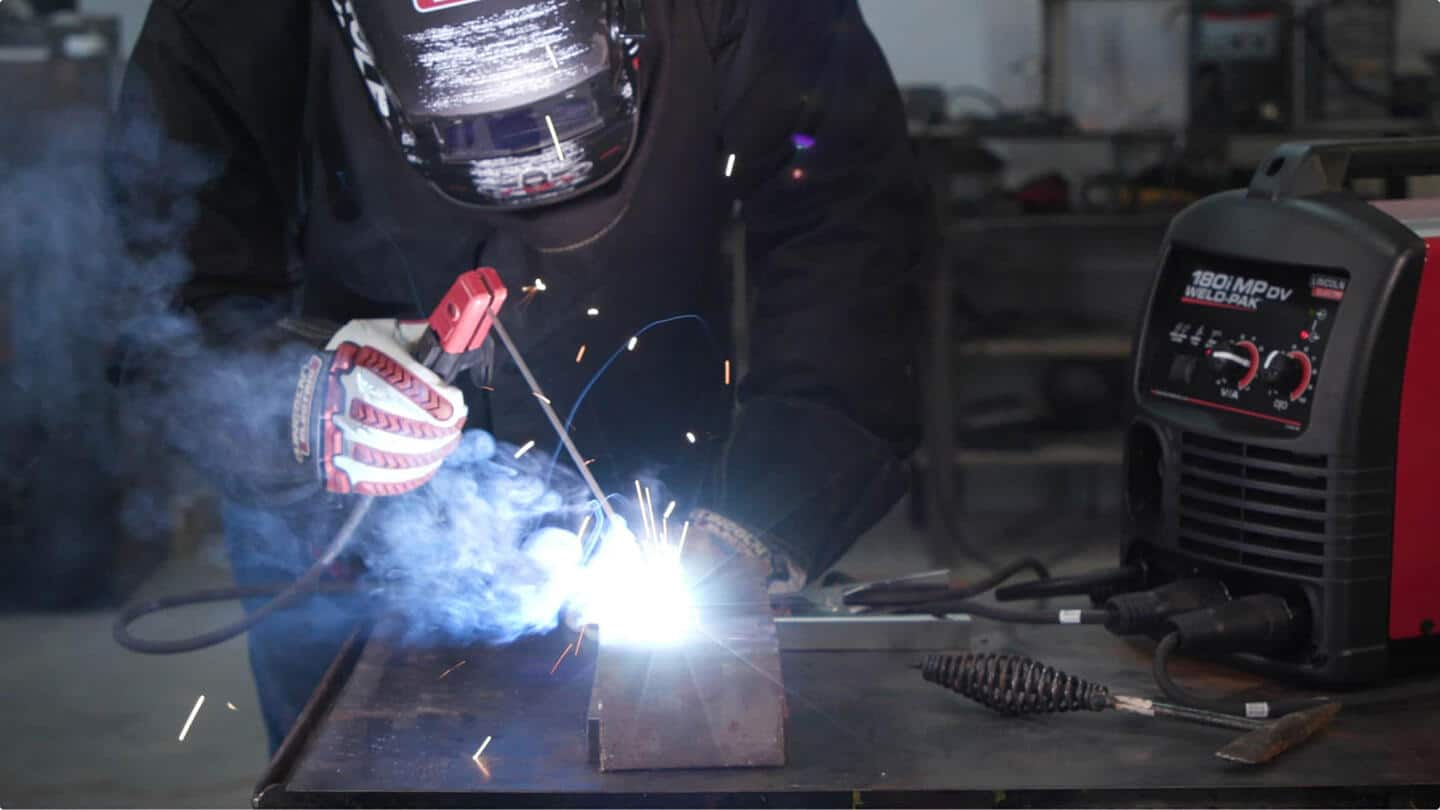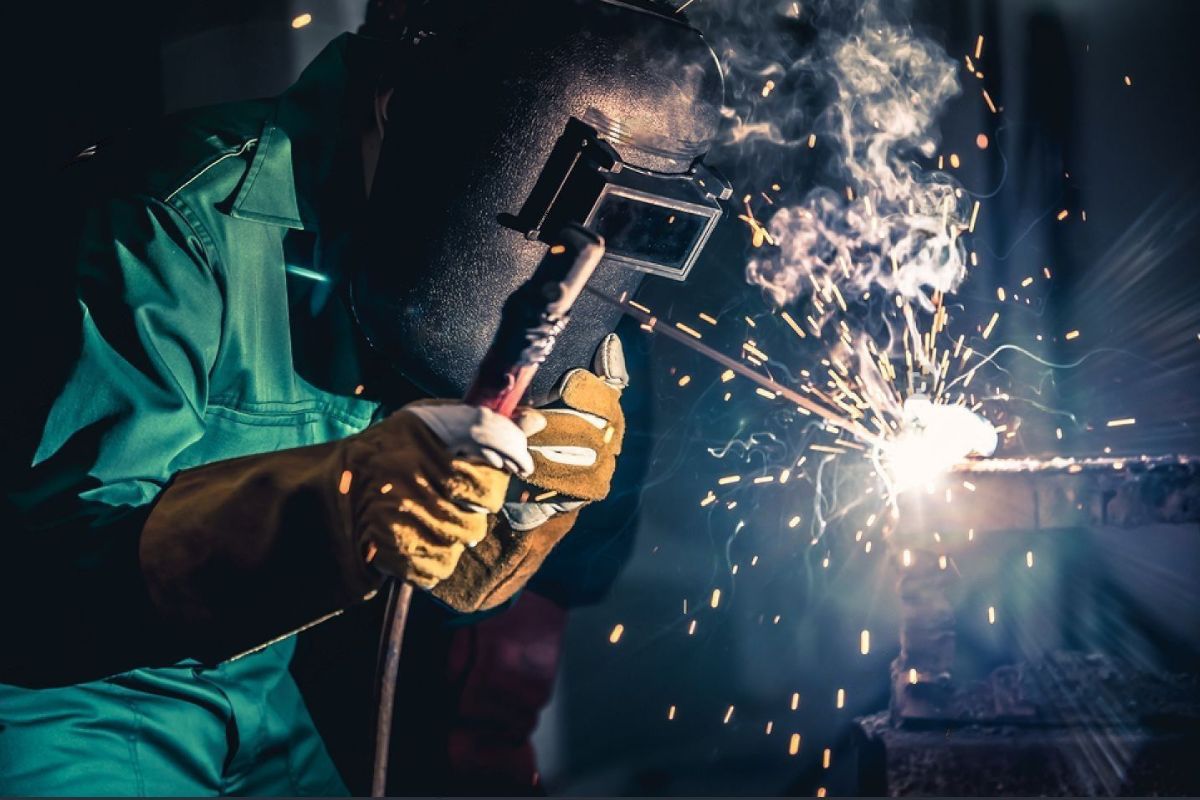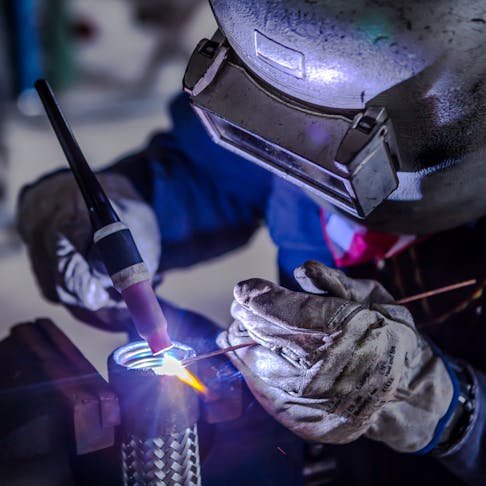Developing a Welding WPS: Step-by-Step Recommendations for Professionals
Developing a Welding WPS: Step-by-Step Recommendations for Professionals
Blog Article
Grasping Welding WPS Specifications: Ideal Practices and Techniques for Top Quality Welds
In the realm of welding, understanding Welding Procedure Spec (WPS) standards is a crucial element that directly affects the top quality and stability of welds. Abiding by these criteria ensures consistency and dependability in welding end results. Nonetheless, accomplishing quality in welds surpasses merely understanding the requirements; it includes implementing ideal methods and techniques that raise the craft to a level of accuracy and skill that sets apart the average from the outstanding. As we navigate through the details of welding WPS standards, uncovering essential insights and strategies for attaining top-tier welds will be extremely important for welders looking for to master their craft and produce welds that stand the test of time.
Understanding Welding WPS Specifications

Recognizing WPS requirements is vital for examiners, welders, and designers associated with welding procedures. By complying with WPS guidelines, welders can generate welds that meet the called for mechanical residential or commercial properties and architectural honesty. Examiners depend on WPS paperwork to confirm that welding procedures are being followed correctly and that the resulting welds are of top quality. Engineers make use of WPS standards to design welding treatments that make certain the sturdiness and integrity of welded structures.


Important Tools for High Quality Welds
Mastering welding WPS standards is necessary for welders to efficiently make use of the necessary tools required for producing top quality welds. One of one of the most critical tools for top quality welds is a welding machine. The type of welding machine needed relies on the welding process being made use of, such as MIG, TIG, or stick welding. Welding helmets are additionally essential to safeguard the welder's eyes and face from stimulates, warm, and UV radiation. Furthermore, welding gloves constructed from heat-resistant and long lasting products guard the hands from burns and injuries. Magnets and clamps assist hold the workpieces together safely during the welding procedure, making sure exact and precise welds. Wire brushes and chipping hammers are important for cleaning the weld joint prior to and after welding to eliminate any contaminations that can affect the quality of the weld. Finally, a determining tape and angle mill serve devices for making sure proper alignment and preparing the workpieces for welding.
Key Techniques for Welding Success
To achieve welding success, one need to understand the key strategies important for generating high-grade welds. One critical technique is keeping the appropriate arc size. Keeping the electrode at the ideal range from the workpiece is essential for creating solid, consistent welds. In addition, controlling the travel speed is paramount. Relocating also swiftly can cause insufficient infiltration, while moving as well gradually can result in excessive warmth input and possible flaws. Correct adjustment of the electrode angle is one more essential method. The angle at which the electrode is held can influence the grain form and penetration of the weld. Moreover, ensuring regular weapon angle and instructions of traveling is crucial for uniformity in the weld grain. Lastly, maintaining a constant hand and a steady welding position throughout the procedure is crucial to achieving accuracy and uniformity in the welds. By grasping these essential strategies, welders can boost the quality of their work and achieve welding success.
Ensuring Conformity With WPS Criteria

Furthermore, welders must undergo training to acquaint themselves with the WPS standards pertinent to their work. Regular audits and inspections ought to be performed to confirm that welding activities align with the suggested WPS standards. Additionally, keeping thorough records of welding criteria, equipment calibration, and evaluation outcomes is vital for demonstrating conformity with WPS standards - welding WPS. By diligently sticking to WPS standards, welders can guarantee that their job satisfies the needed quality degrees and adds to the general success of the welding job.
Troubleshooting Common Welding Issues
When encountered with common welding concerns, recognizing the source is vital for reliable troubleshooting. One common issue is the presence of porosity in welds, typically brought on by Get the facts impurities such as moisture, rust, or oil. To address this, guaranteeing correct cleansing of the base metal before welding and utilizing the proper protecting gas can substantially lower porosity. An additional issue frequently run into is absence of blend, where the weld stops working to properly bond with the base material. This can stem from poor warmth input or improper welding method. Readjusting criteria such as voltage, wire feed rate, or travel speed can assist enhance fusion. Additionally, distortion, splitting, visit the website and spatter are typical welding obstacles that can be alleviated via appropriate joint prep work, regular warm control, and selecting the appropriate welding consumables. By thoroughly understanding these usual welding problems and their origin, welders can efficiently fix problems and achieve premium welds.
Conclusion
Finally, understanding welding WPS criteria calls for a detailed understanding of the guidelines, using vital tools, and carrying out essential strategies for Get More Information effective welds. Making sure conformity with WPS standards is critical for creating top quality welds and avoiding usual welding problems. By complying with ideal techniques and techniques, welders can achieve reliable and constant lead to their welding projects.
In the realm of welding, understanding Welding Treatment Requirements (WPS) requirements is a critical component that directly affects the top quality and integrity of welds.When diving into the realm of welding practices, an essential element to comprehend is the importance and intricacies of Welding Treatment Requirements (WPS) standards. WPS standards give a comprehensive guideline for welding operations, making certain consistency, quality, and safety and security in the welding process. The kind of welding device required depends on the welding process being used, such as MIG, TIG, or stick welding.Accomplishing welding success through the mastery of crucial techniques requires a thorough understanding and adherence to Welding Treatment Spec (WPS) standards.
Report this page